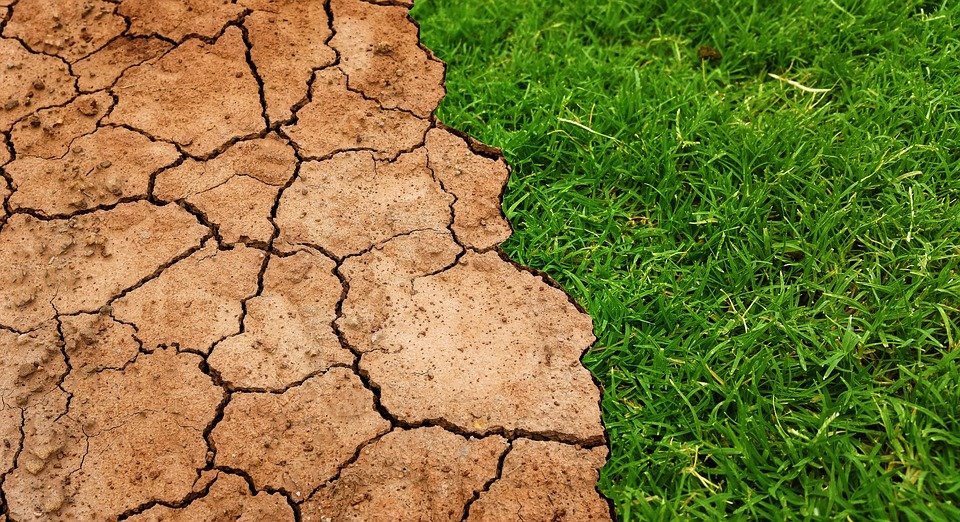In news
Most of Turkey has been under intense drought from the beginning of the year, after consecutive seasons of little or no rainfall, the Nasa Earth Observatory reported
Significance
This has put agriculture in the Mediterranean country under threat. Istanbul, its most populous city, can run out of water in months.
Background
- In 2018, the South African city Cape Town witnessed similarly severe droughts that threatened to cut off water supply for the enitre town. Water reservoirs that supply to 3.7 million people had dipped to below 20 per cent.
- Last year was the driest year for Turkey in five years, with every province receiving below-average rainfall every month since July.
- From October to December, the country witnessed rainfall 48 per cent lower than the average for 1981-2010.
- This was followed by a difficult 2019 when it hardly rained in the summer and autumn months. This had already depleted the country’s aquifers substantially.
- Now, several of Istanbul’s water reserves have the lowest volumes recorded in the last 15 years. As of January 13, 2021, storage rates from at least seven reservoirs around Istanbul measured just below 25 per cent.
Issue
- It takes a lot of time for aquifers to recover from droughts as in the absence of rain, they rely of surface moisture to percolate though the soil and rocks.
- Dry spells can cause this layer of moisture, known as root zone moisture, to also vanish.
Root zone moisture
- Root zone moisture is also vital for agriculture as it is the most easily available source of water for plants.
- The water and moisture in the soil to a depth of 39 inches is called root zone moisture.
- It takes a lot of time for the aquifers to recover from droughts in the absence of rain.
- The aquifers rely on surface moisture to percolate through soil and rocks.
- When there are no rains and surface moisture, the root zone moisture might vanish completely.
- This eventually will make the soil unfit for trees and plants.
Source: DTE





